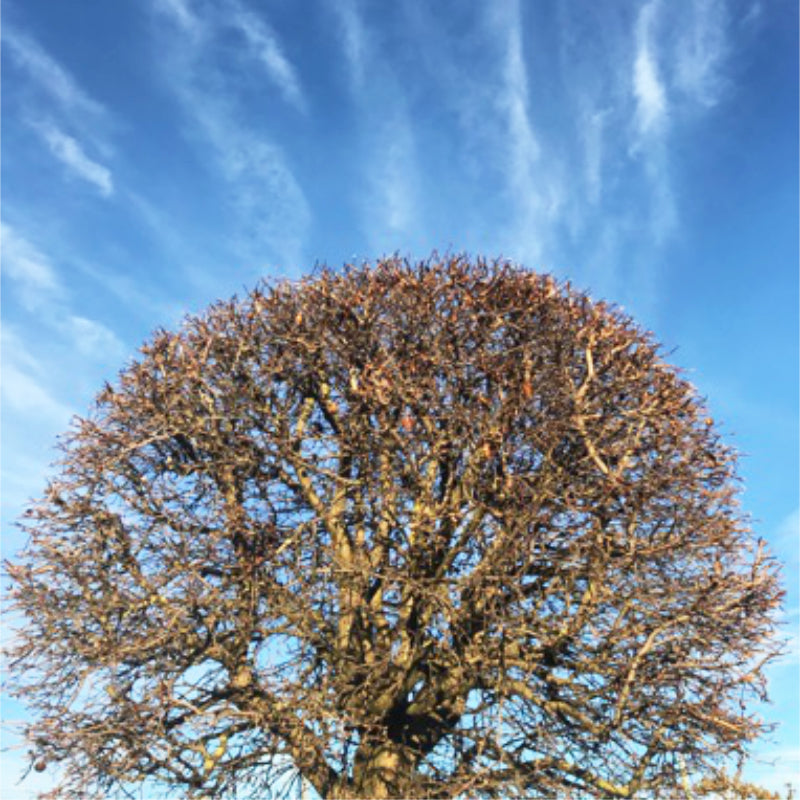As winter begins, some plants are well and truly into dormancy while others are just taking off. Even in these colder months, there's always something going on in the garden!
Tony will be running his annual rose pruning demonstration over the King's Birthday long weekend, at 10am on Sunday the 9th and Monday the 10th. As our resident rose expert, he will simplify and demystify the process and will gladly answer any and all questions you may have.
Tony's Tips
June 2024
It’s the start of winter but also the start of many things in the garden. Traditional Camellia japonicas have started flowering and will continue right through winter, brightening up any garden. Winter-flowering lavenders are also looking great, as are most native plants, Proteas and Leucadendrons.
Some of our best fragrant plants start their flowering now, including Luculia Early Dawn, which has large clusters of very fragrant soft pink flowers on a bushy shrub. Chimonanthus or Wintersweet is a hardy shrub that produces highly fragrant waxy yellow flowers. If picked, they can perfume your entire house!
I always prune my modern roses in June as the winter solstice is the lowest ebb in a rose’s growing cycle in Melbourne. I vary my pruning to suit the vigour of the rose—bush Roses I prune back by 60 to 70%, climbers and David Austin Roses I reduce by about 50% and old fashioned once flowering roses such as Banksia and Albertine, I prune after they flower in spring. I prune standard Roses back to about the size and shape of a basketball.
Modern roses require pruning and feeding to stimulate new growth and flowers. We do another two to three prunes through the season to further encourage this. If you’ve had disease issues through the season, the most important and effective control is to spray over and around the pruned plant with Lime Sulphur to kill fungal spores, mites and insect eggs. If you discover white scale on the bare branches, spray comprehensively with Pest Oil to suffocate it.
Things to Do:
- Prune all repeat-flowering roses. A rough prune is better than no prune!
- Watch out for aphids on the new growth of Pansies, Primulas and Hellebores. Treat any you see with Contendor or Conguard.
- If older leaves on Citrus and Camellias are turning yellow, feed with our pelletised Organic Fertiliser. This is more effective in winter as the soil is cooler.
- If you're not growing winter veggies, plant green manure crops to rejuvenate your garden beds for spring planting.
- June is the last month to plant Foxglove seedlings for a spring display.
Plant of the Month
Daphne Perfume Princess
Daphne Perfume Princess is a stronger growing, hardier and longer flowering Daphne than traditional varieties. In my garden, it starts flowering in late May and continues through most of winter. Like all Daphnes, it hates wet feet so it should be planted up on a mound of improved soil or in a large pot of acidic potting mix to ensure good drainage.


